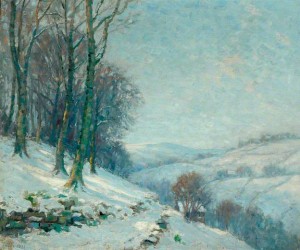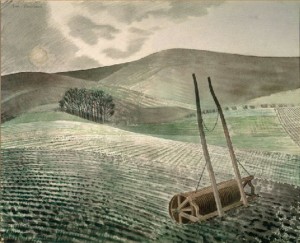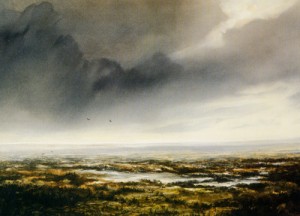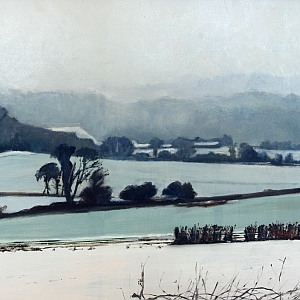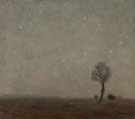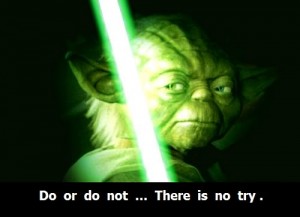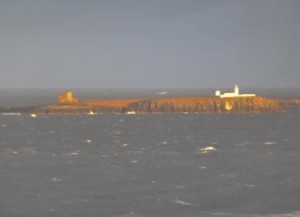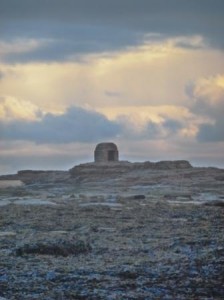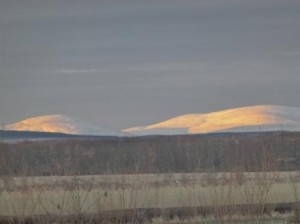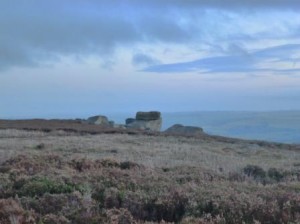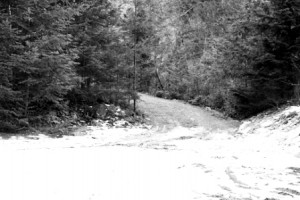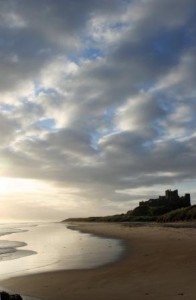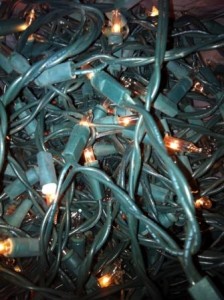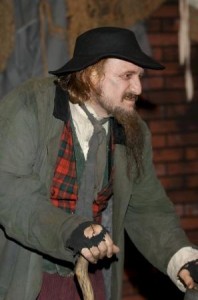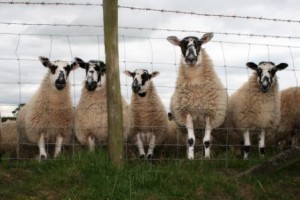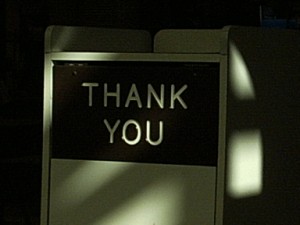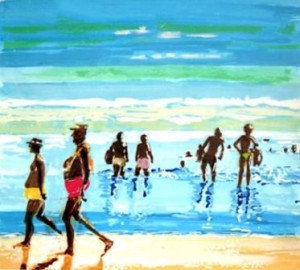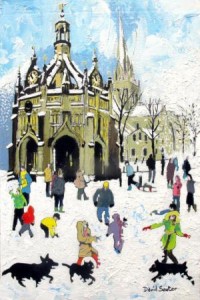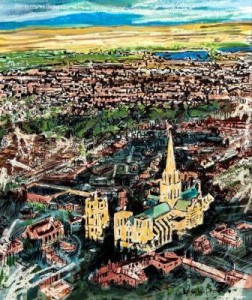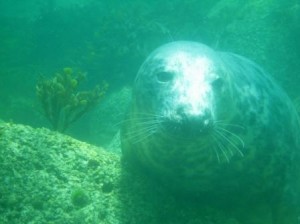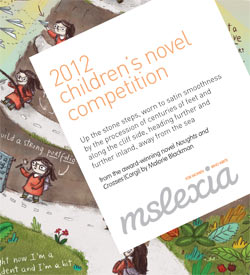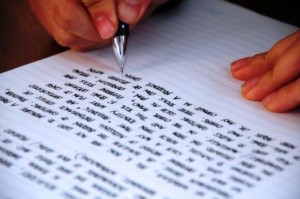I’ve been visiting Art Galleries a great deal this last year- a pursuit I intend to keep up in 2013. One of the things I do there is to observe which works have an emotional appeal for me. I try, as best I can, to get over whether I ‘ought’ to like something or not, and go for the immediate heartfelt response. Recently, I have noticed I am drawn to winter landscapes.
I believe it is the plainness: the almost abstract simplification of the landscape down to its bare bones. There is not much in the way of colour to distract, and the purity of line comes through powerfully. The artworks I love manage to convey a precise place and mood through very little.
I like to believe it’s the Northernness in my soul that swells up when I see a broad expanse of pale moorland, that some flicker of Viking inheritance glows when I feel the thrill of the bleak and the bare. Truth told, I don’t want to be out there for too long – but I do love walking by the winter sea or in breezy leafless woods.
And I aspire for my writing to reflect that. Not just my love of such things – but for the stories to be strong and bold enough that they don’t need prettiness.
It’s ambitious – I am all too much of a magpie, easily seduced by the sparkly and the curious. But it’s wise to dream. To see, at least in my mind’s eye, a perfect sparse and bold image.
Which season does your writing favour? They all have their magic.

